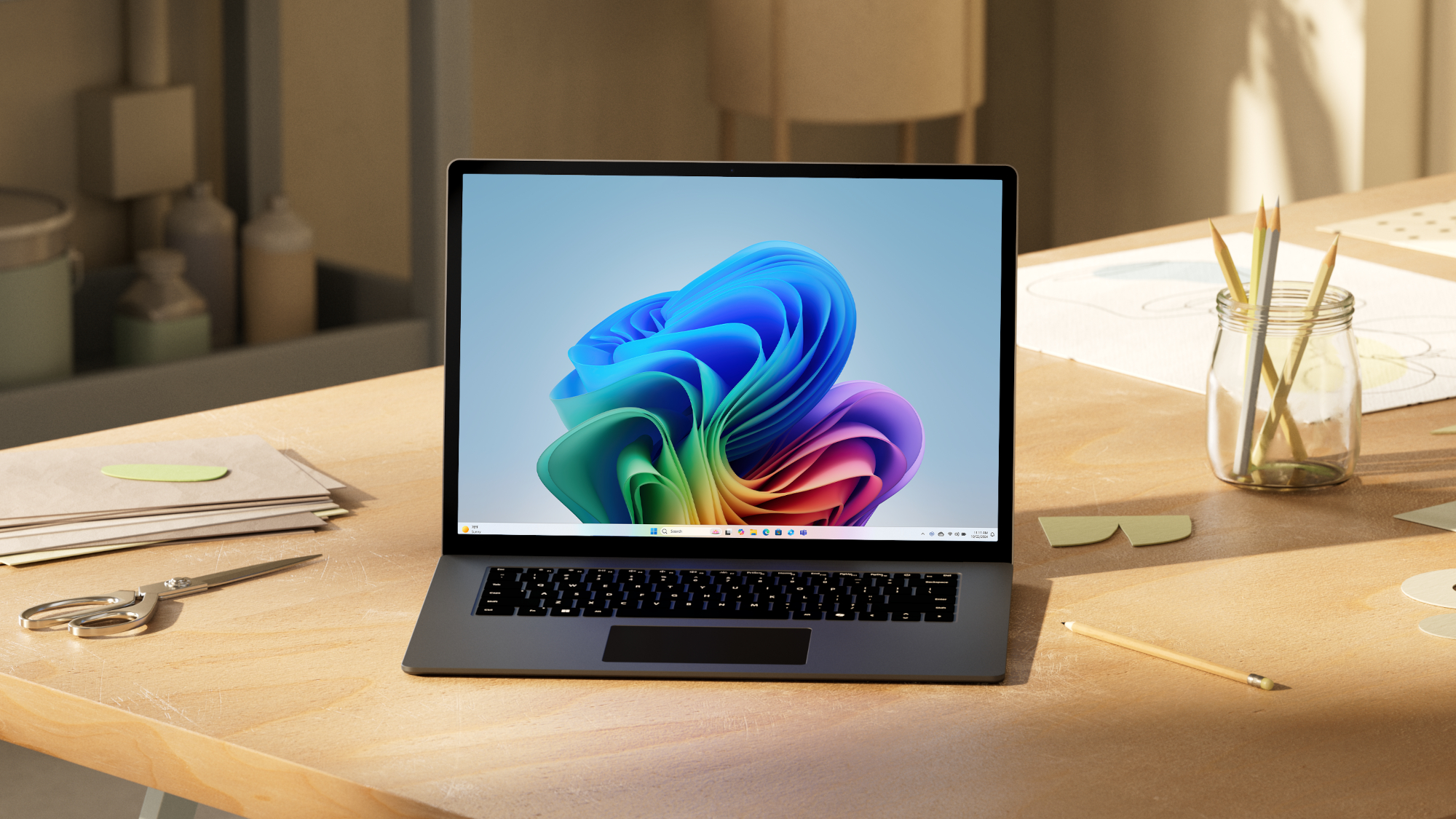Windows 10 support ends in less than 30 days – here are the options for PC owners right now

Windows 10 users now have less than 30 days before Microsoft stops supporting the operating system on October 14. The company recently published a reminder urging users to consider their options ahead of the switch-off date.
All editions of Windows 10, including Home, Pro, Enterprise, Education, and IoT Enterprise editions will no longer be supported, meaning they won’t receive Windows’ monthly security updates.
“The October 2025 monthly security update will be the last update available for these versions,” Microsoft wrote. “After this date, devices running these versions will no longer receive monthly security and preview updates containing protections from the latest security threats.”
To be clear, your Windows 10 laptop or desktop isn’t suddenly going to crumble into ash on the morning of October 15. However, using it will become far more risky as hackers and scammers seek to exploit the lack of security support.
Thankfully, you do have options. I’m here to tell you what they are.
Option 1: Upgrade to Windows 11
Perhaps the most obvious solution to the problem is to make the jump to Windows 11. According to Statcounter, Windows 11 overtook Windows 10 as the world’s most popular operating system around June of this year. But that still leaves a lot of people on Microsoft’s outdated operating system.
The difficulty with this option is Windows 11 has some pretty strict requirements that your old machine might not live up to. I personally had a Microsoft Surface Book (Gen 1) that I was very fond of but couldn’t meet the required specs for Windows 11.
Here’s the minimum spec you’ll need:
CPU: 1 gigahertz (GHz) or faster with 2 or more cores on a compatible 64-bit processor or System on a Chip (SoC)
RAM: 4GB
Storage: 64GB of larger
System firmware: UEFI, Secure Boot capable
TPM: Trusted Platform Module (TPM) version 2.0
Graphics card: Compatible with DirectX 12 or later with WDDM 2.0 driver
Display: High definition (720p) display that is greater than 9” diagonally, 8 bits per color channel
Internet: Windows 11 Home edition requires internet connectivity and a Microsoft account to complete device setup on first use.
For anyone familiar with Windows 10, its successor should feel quite familiar. Just make sure you check out the 15 top Windows 11 tips everyone needs to know before you get stuck in.
Option 2: Join the Windows ESU program
If you’re determined to hang on to Windows 10 for a bit longer, you can join Microsoft’s Windows 10 Extender Security Updates (ESU) program for an additional year of protection.
While this option grants you monthly security updates until October 13, 2026, you won’t get access to any non-security updates. That means things like new features or design changes. You also won’t get any technical support for your aging PC in the event of a problem.
In order to meet the requirements for the ESU program, your device will need to be running Windows 10 version 22H2 and have the KB5063709 security update. If that’s the case, you can find the option to enroll by heading to Settings > Updates & Security and scrolling to the bottom.
Taking part in this program used to cost, but Microsoft is offering two ways to do it for free:
Use Windows Backup to sync your settings to the cloud
Redeem 1,000 Microsoft Rewards points
The first method will be cost-free, providing you don’t go over the 5GB OneDrive limit that Microsoft gives each user. Otherwise, your best bet is to use points from your Microsoft Rewards account. And don’t worry if you don’t have any, Microsoft will give you 500 just for downloading the Bing smartphone app on Android and iOS.
Option 3: Buy a new PC
Here’s where the rubber meets the road and, all things considered, buying a new desktop PC or laptop may be the best option. The good news is, with retail events like Amazon’s Big Deal Days and Black Friday right around the corner, there are plenty of excellent deals on Windows 11-ready machines for you to take advantage of.
Your first port of call should be our guide to the best Windows laptops but my colleague Darragh Murphy has also picked out 5 Windows 11 options covering different prices and form factors.
For example, if it’s a laptop you’re looking for, he recommends the Acer Aspire Go 15, which comes running Windows 11, costs less than $400/£400 and offers everything an average user will need from their machine.
It’s got a 15-inch screen, two USB-A ports for a keyboard, mouse or USB stick, an HDMI for connecting to other monitors or a TV, a 3.5mm audio jack for headphones and a USB-C port for good measure. Even better, it comes with up to 10 hours of battery life, according to our testing.
Option 4: Switch to a Chromebook
Windows isn’t the only game in town, and if you’re not wedded to Microsoft’s OS then picking up a Chromebook could be a good alternative. Google introduced the Chromebook Plus standard in 2023 and manufacturers duly responded with better specs, build quality and features. Yes, there’s a slight price increase over a standard Chromebook, but if you’re looking for a suitable Windows 10 replacement, this is what you should be looking at.
Opting for a Chromebook should be a factor if you’re already using Google’s suite of apps. But also, because so many other services are cloud-based (Netflix for movies or Nvidia GeForce Now for gaming to name a couple), you can get by with less storage or processing power.
The flip side is that without a strong and reliable internet connection, Chromebooks just aren’t as functional as their Windows or Mac counterparts. But regardless, if you’re not yet sold on Windows 11 then there are plenty of alternatives out there you can look at. I haven’t even mentioned Linux yet.
Follow Tom’s Guide on Google News and add us as a preferred source to get our up-to-date news, analysis, and reviews in your feeds. Make sure to click the Follow button!
More from Tom’s Guide



